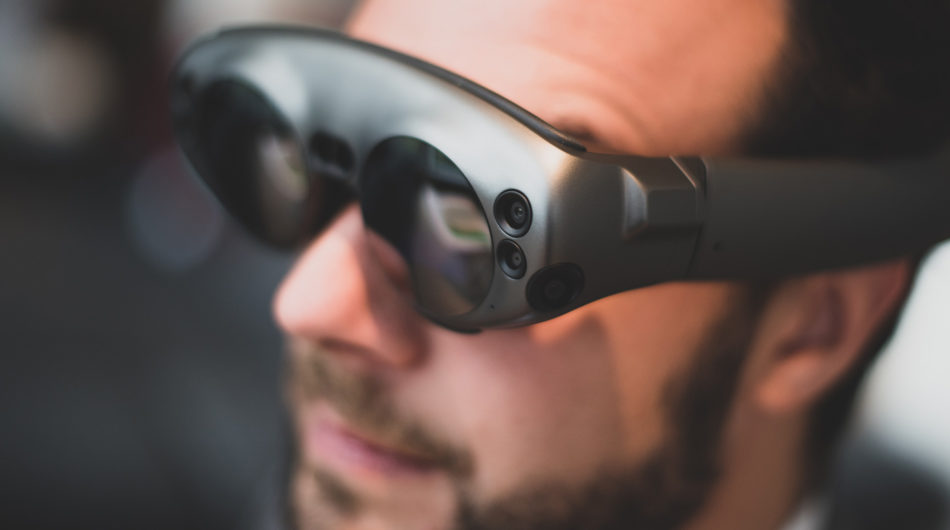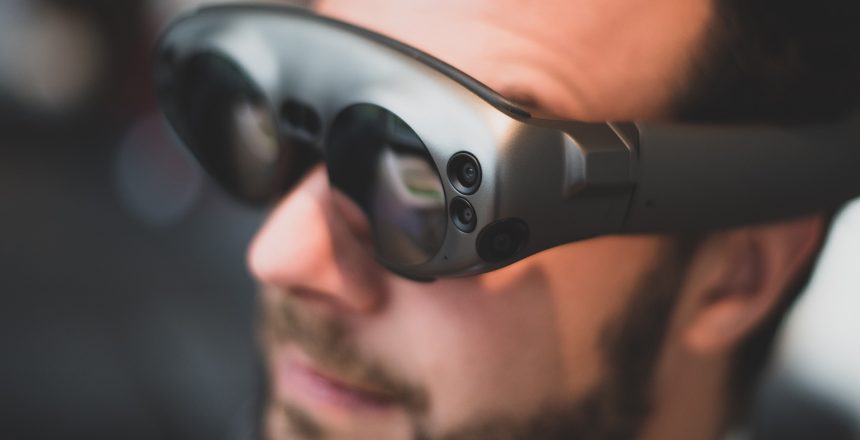What are the photography trends of the future? Alex Marks sees these five camera products, techniques and concepts developing.

‘A picture is worth a thousand words’, they say, which was probably marketing gold to camera manufacturers in the 19th century. And despite initial underwhelming results, they eventually managed to convince us that viewing blurry images of the family in starched collars had at least equal value to a quiet night in with Jane Austen.
Since then, the camera and the photograph have been an integral component – some would say ‘partner’ – in the recording of life on Earth in all its forms.
Although mass-market, point-and-shoot photography has been with us for a while, it is perhaps only in the last 20 years or so that the digital camera began its quest to make high def possible for the masses. That and no longer needing a darkroom full of chemicals or to hang around for an hour on the high street while your photos were developed.
Another significant impact of this mass distribution of high-quality images has been a drop in commercial revenues for the professional photographer. With tech that was previously out of reach of normal folk, everyone can now aspire to be David Bailey.
We have now reached the point where increasing miniaturisation and the expansion of wearable tech are driving the frontier of what is possible. So what does the world of photography look like 25 years from now?
1. In the eye of the beholder
Wireless capabilities have evolved to the point where the camera is no longer in the hand but more likely attached to wearables or implanted into clothing. Your traditional-looking sunglasses are camera-equipped goggles with a heads-up display. You’ll be able to ‘frame’ your picture using your thumb and forefinger and take the shot with a voice command. Contact-lens cameras are also starting to become a thing, enabling you to take a picture by blinking.
2. Surround vision
Lens technology has advanced to create a visual version of surround sound. Photos are now almost identical to what the eye sees, allowing images to be viewed from perspectives other than where the camera is located. Depth of field is controllable, which means the viewer can examine different versions of the same photo. Images are no longer flat and two-dimensional but immersive 4D experiences.
3. Camera ubiquity
Forget CCTV – by 2044 equipment to record anything will be everywhere. Image sensors connected to GPS will be built into items such as handbags, shoes, lampposts and even wallpaper. They will work collectively and continuously to record images from your perspective, and combine them with the perspectives of others so that you can go back to look at moments you may have forgotten or review those of someone else. Everything you see or want to see will now be downloadable.
4. Showing your best side
Now that most of our photographic content is digitally stored, expect the photo frame and the album to act as wireless 3D projectors with terabytes of storage. This will allow you to change, present and experience shots in differing contexts, perhaps to suit your mood or the occasion, or to avoid embarrassing comments from relatives.
5. The professional photographer is an artist no more
There is still money to be made by talented people in the right place, but photography is not going to be a good way to make a living. CGI technology has replaced product shots, and 3D artists and model animators can do a good job for fashion houses. Drones with trained operators can cover architecture and weddings. Sports and events photography is well served by the viewers. That just leaves photography as art – but by now software can choose, edit and augment the best the world has to offer.
Since we worked out how to capture a point in time and keep it on a piece of paper, our enthusiasm for photography has grown unabated. So much so that now, in 2019, to take a simple picture of your lunch and share it with your friends is a popular activity. Given the advances in technology and the ubiquity of cameras, one can only imagine where personal photography of this type might have evolved in 25 years’ time.
But before we consign the wedding photographer with their Pentax SLR and the leather-bound album to the history books, remember this. Once most of your content is digital, paper becomes a premium. If all the skill you require to capture a moment is a wave of your hand and a piece of software, that chunky bit of metal with buttons your dad hung round his neck looks as if it could be more fun.
We said that a picture is worth a thousand words… in the future, it looks likely it’ll be even more important than that.



